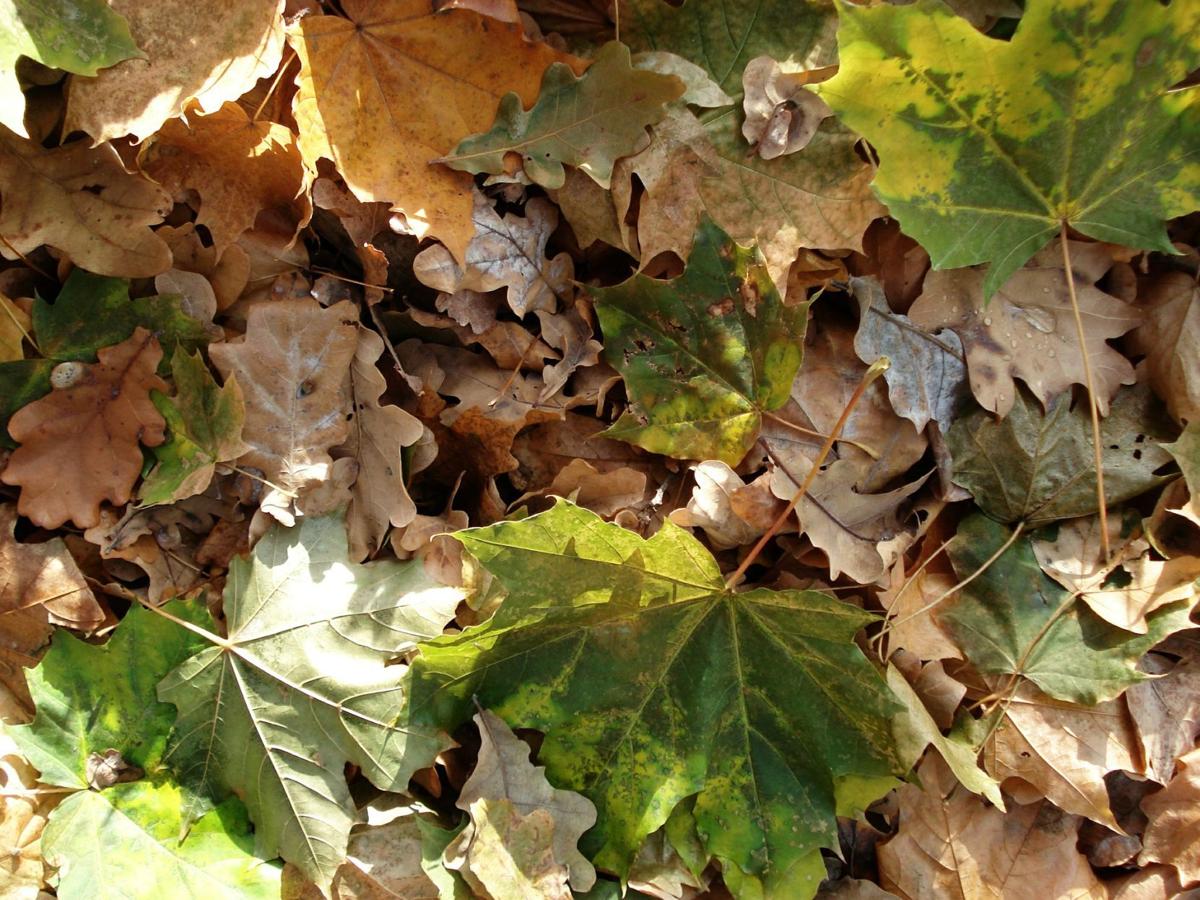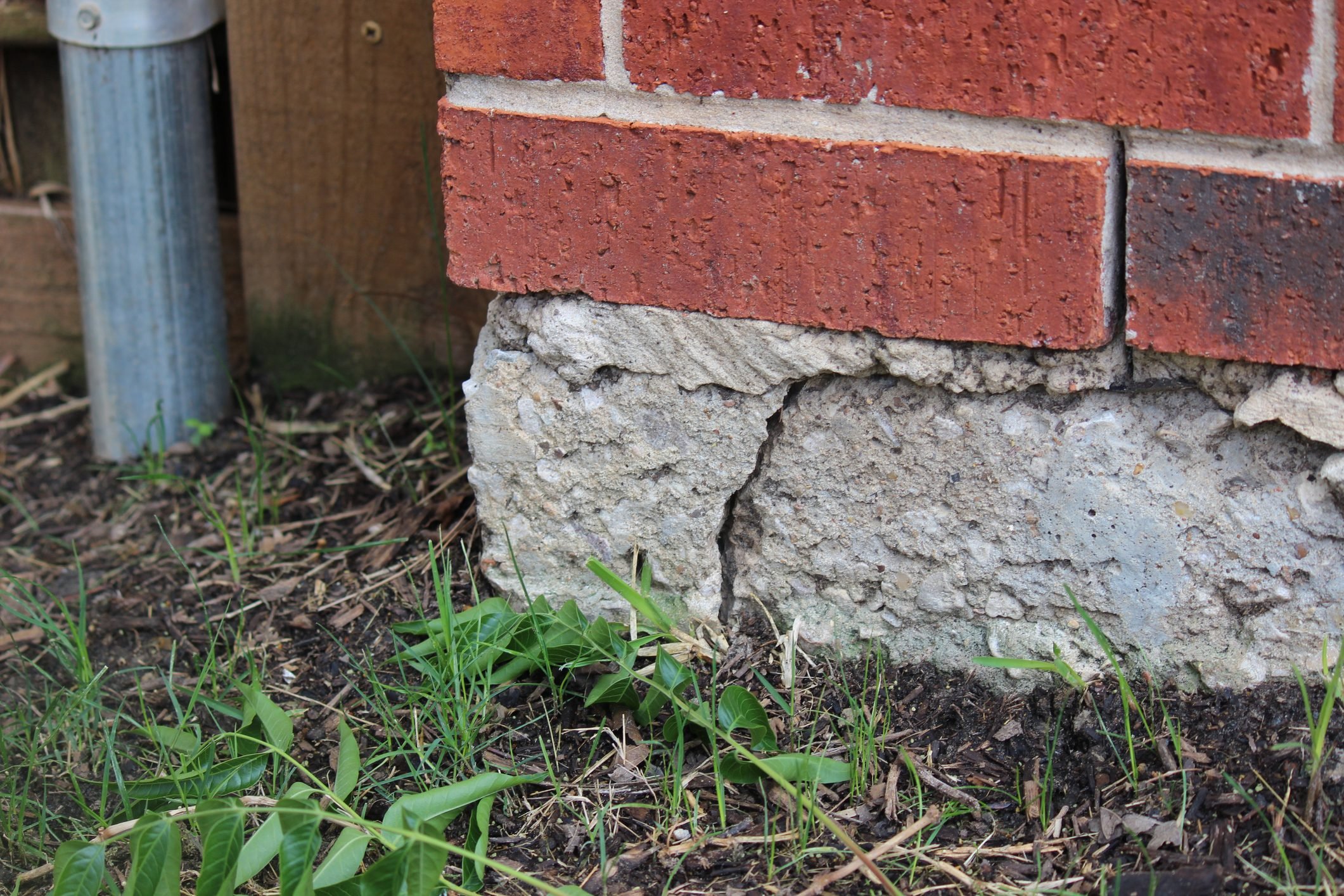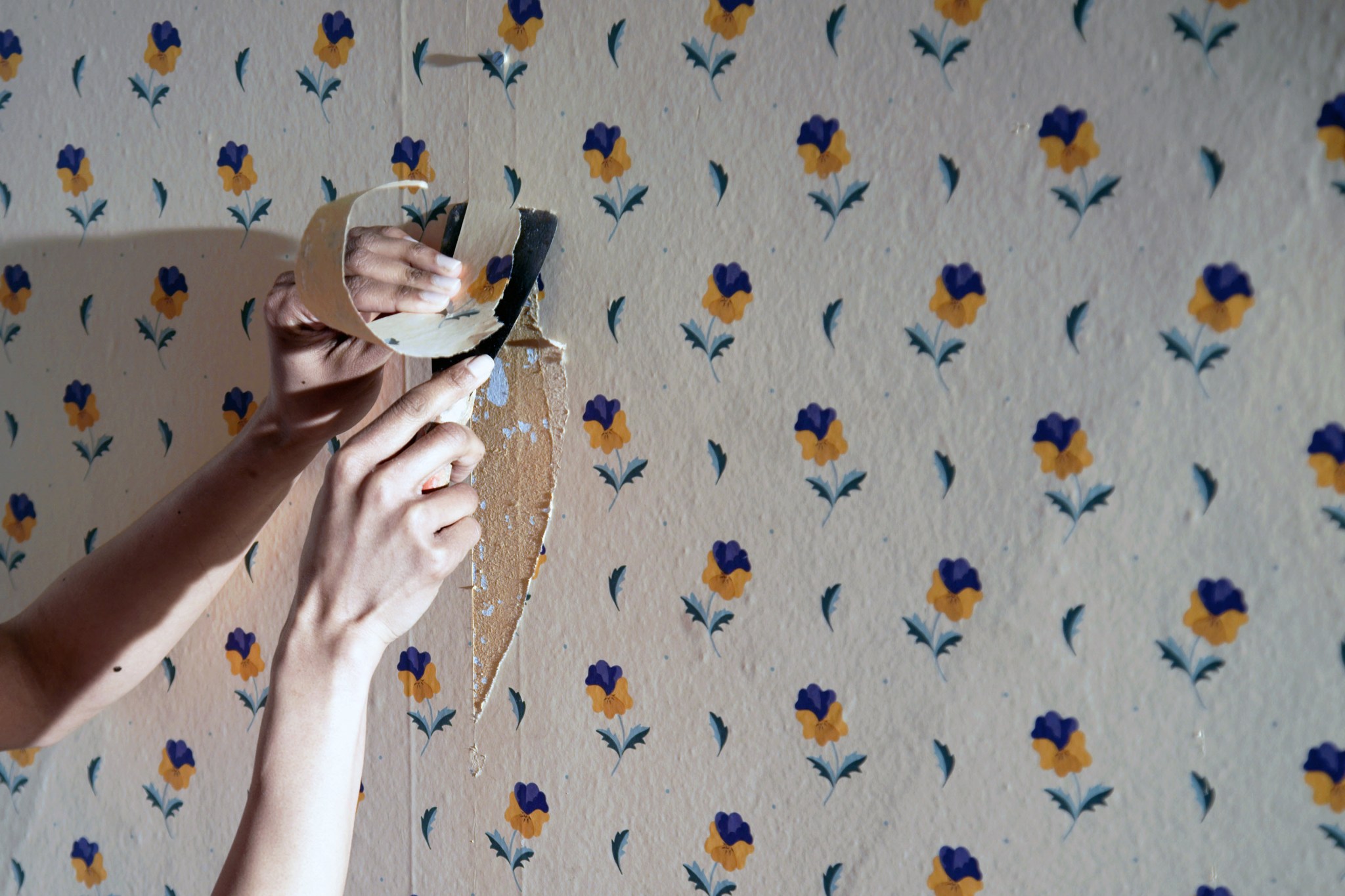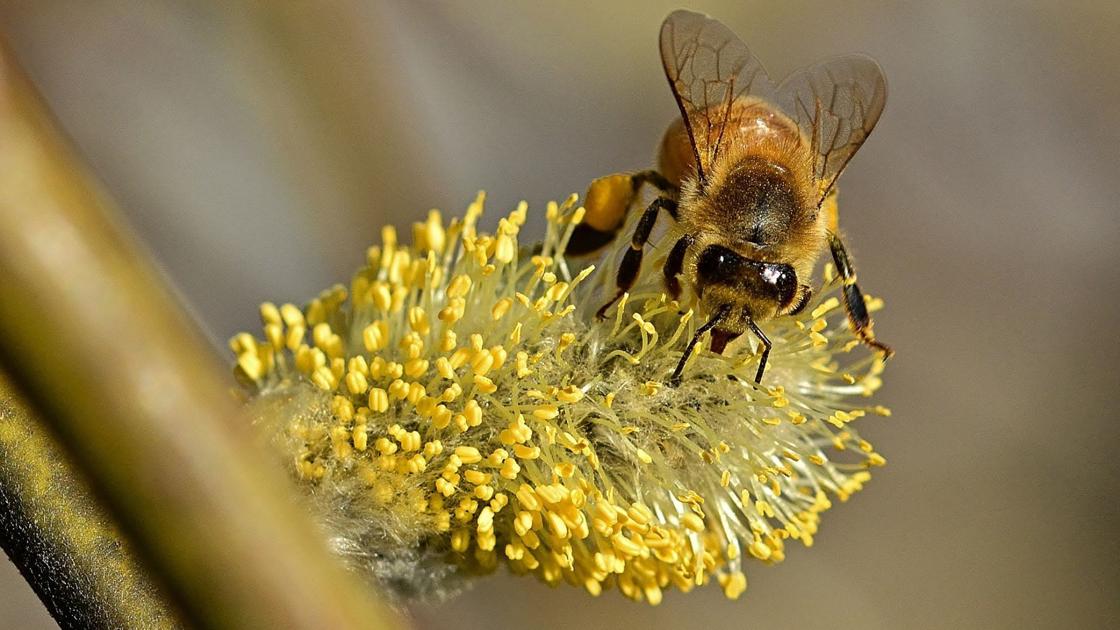


Early blooming trees and shrubs like pussy willow are a excellent food items supply for bees.








Leaf litter provides normal positive aspects of mulch and will increase the habitat for soil-nesting bees.
Michael Pecha has produced a native grass garden full of bouquets and fauna.
Spring fever is on us! These heat, sunny days are just so great, it makes any gardener want to get out in their back garden and landscape. But with problems about bees, other pollinators and beneficial insects at the forefront of a lot of gardener’s minds, it’s vital to understand what you can do now – just before you clean up the spring back garden – to maintain and produce good insect habitat.
Bugs overwinter in a wide variety of approaches, but these can be broadly grouped as 1) shielded in the soil, 2) inside leaf litter or other vegetation and 3) over ground on vegetation or other surfaces.
In several years earlier, numerous gardeners cleaned up all the particles in their gardens, creating them clean up as a whistle to begin the expanding period. This typically included chopping down stems from perennials to the ground or as close to the plant crown as feasible, eliminating any leaves that blew into the backyard garden over winter season and any useless leaves from past year’s advancement.
Sarah Browning: Get roses completely ready for increasing period
But we know some of those lifeless stems may well have overwintering insects inside this kind of as stem-nesting bees. In addition, there are several useful insects overwintering in leaf litter or just under the soil floor, so slicing down and discarding all of past year’s stems and leaves can cut down the quantity of effective bugs in your back garden.
Mary Gardiner, Ohio Condition University assistant professor of entomology and writer of Superior Garden Bugs, notes that a lot of bugs overwintering in the soil get started to arise when soil temperatures reach 45 to 50 degrees.







More Stories
House & Backyard garden: The Garlic Cycle
Grasp Gardener: Dragonflies are helpful mosquito-eaters | House & Backyard garden
Mystery Plant: Scent evokes not bouquets, but baked potatoes | Home & Backyard garden